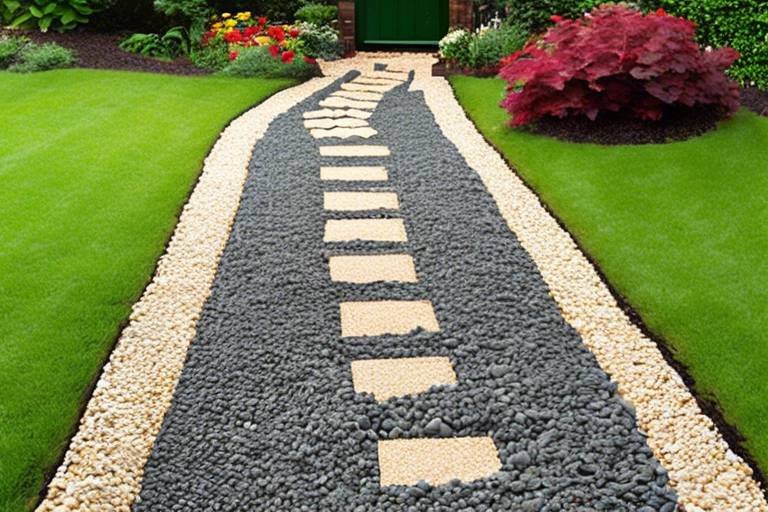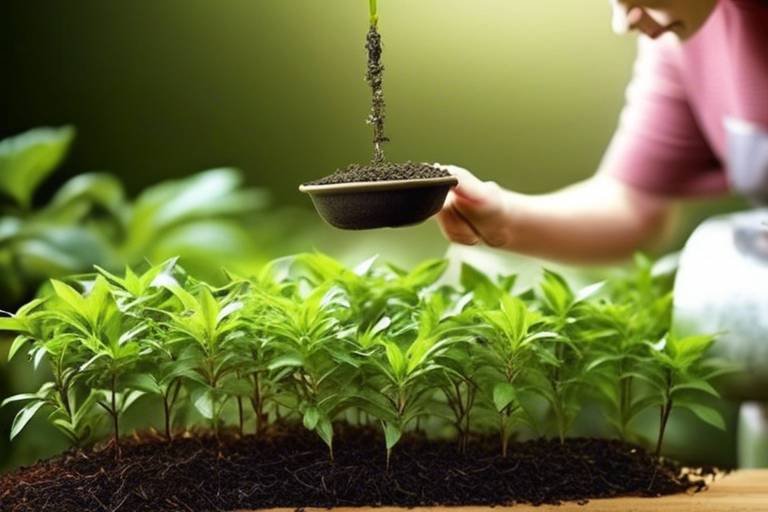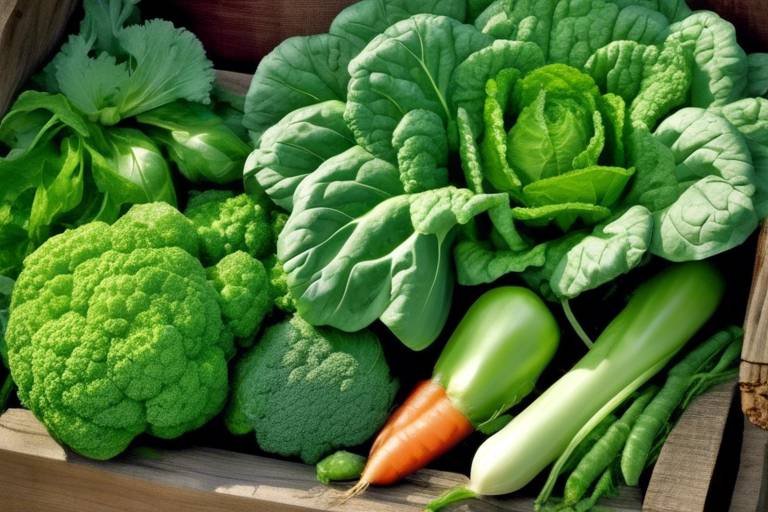How to Set Up a Greenhouse for Year-Round Gardening
Setting up a greenhouse for year-round gardening is an exciting venture that requires careful planning and attention to detail. The success of your greenhouse largely depends on how well you prepare and maintain it. From choosing the right location to implementing effective heating and ventilation systems, each step plays a crucial role in creating an optimal environment for your plants to thrive.
When it comes to selecting the ideal location for your greenhouse, several factors come into play. Sunlight exposure is essential for plant growth, so choose a spot that receives ample sunlight throughout the day. Additionally, consider wind protection to shield your plants from strong gusts that can cause damage. Access to utilities such as water and electricity is also important for maintaining a functional greenhouse.
Once you've determined the location, the next step is selecting the right structure for your greenhouse. Whether you prefer a traditional glass greenhouse for its classic appeal or a modern polycarbonate structure for its durability, ensure that the design and materials meet your gardening needs. A well-built greenhouse will provide a stable environment for your plants to flourish.
Proper ventilation is crucial for regulating temperature and humidity levels inside the greenhouse. Without adequate airflow, your plants may suffer from heat stress or excess moisture, leading to poor growth and potential disease issues. Explore different ventilation options such as roof vents, side vents, or exhaust fans to maintain a healthy growing environment.
When it comes to heating your greenhouse, consistency is key. Different heating systems, including gas, electric, or solar-powered options, are available to help you maintain optimal temperatures for year-round gardening. Choose a heating system that suits your climate and budget to ensure your plants thrive in any season.
Efficient irrigation and watering systems are essential for plant growth in a greenhouse. Consider installing drip systems or misting systems to deliver water directly to the roots, promoting healthy growth and minimizing water waste. Establishing a watering schedule based on your plants' needs will help you maintain optimal moisture levels.
Managing light exposure and shade is another critical aspect of greenhouse gardening. Maximizing natural sunlight while providing shade during the hottest hours of the day will help prevent sunburn and heat stress in your plants. Explore shading options such as shade cloth or blinds to create a balanced lighting environment for your plants.
Organizing your plant layout and shelving effectively will maximize the growing area in your greenhouse. Utilize shelves and staging to create space for a variety of plants while ensuring proper air circulation around each one. A well-organized greenhouse not only looks tidy but also promotes healthy plant growth.
Lastly, implementing pest and disease control strategies is vital for maintaining a thriving greenhouse ecosystem. Whether you prefer organic methods or chemical treatments, having a plan in place to prevent and manage pests and diseases will safeguard your plants and ensure successful year-round gardening.
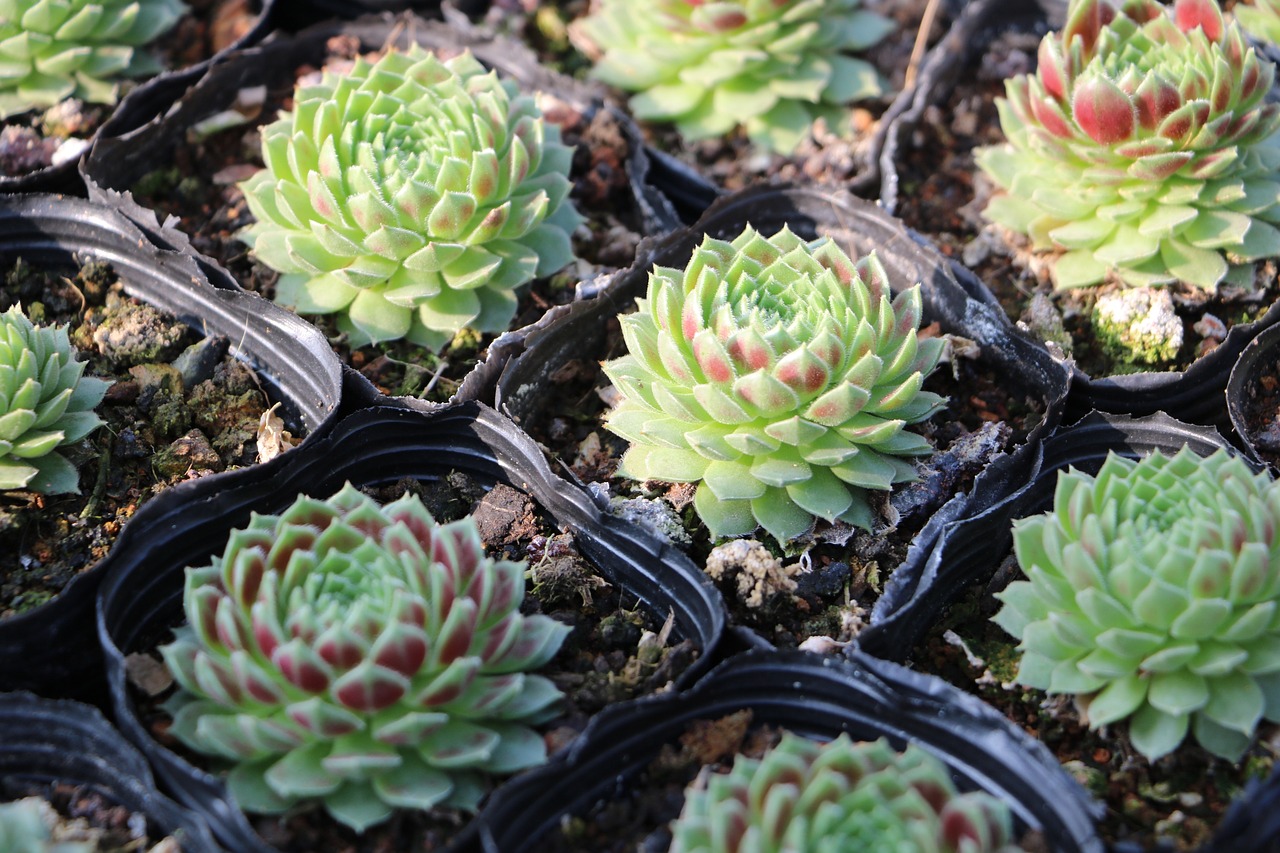
Choosing the Ideal Location
Discover the essential steps and tips for creating a successful greenhouse that enables year-round gardening. From choosing the right location to maintaining optimal conditions, learn how to maximize your greenhouse's potential.
Selecting a suitable spot for your greenhouse is crucial for its success. Factors such as sunlight exposure, wind protection, and access to utilities should be considered to create an optimal environment for your plants.
When choosing the ideal location for your greenhouse, consider the orientation towards the sun. Placing the greenhouse in a south-facing direction can maximize sunlight exposure throughout the day, promoting healthy plant growth. Additionally, ensure the location is sheltered from strong winds to prevent damage to the structure and protect your plants.
Access to utilities such as water and electricity is essential for maintaining a functional greenhouse. Choose a location that allows convenient access to these resources to facilitate irrigation, heating, and lighting systems within the greenhouse.
Furthermore, consider the proximity to your home or garden for easy monitoring and maintenance. A location that is easily accessible will enable you to check on your plants regularly and make necessary adjustments to create an optimal growing environment.
By carefully selecting the ideal location for your greenhouse, you can create a conducive space for year-round gardening and ensure the success of your plant cultivation efforts.
1. What are the benefits of setting up a greenhouse for year-round gardening?
Setting up a greenhouse allows you to extend the growing season, protect plants from adverse weather conditions, and create a controlled environment for optimal plant growth.
2. How can I maintain consistent temperatures in my greenhouse?
Consistent temperatures can be maintained by installing an effective heating system, proper insulation, and ventilation to regulate airflow and temperature within the greenhouse.
3. What are some common pests and diseases that affect greenhouse plants?
Common pests include aphids, whiteflies, and spider mites, while diseases like powdery mildew and botrytis can also impact greenhouse plants. Implementing pest and disease control strategies is essential to protect your plants.
4. How often should I water plants in a greenhouse?
The frequency of watering plants in a greenhouse depends on factors such as plant type, environmental conditions, and the watering system used. It is important to monitor soil moisture levels and adjust the watering schedule accordingly to meet the plants' needs.
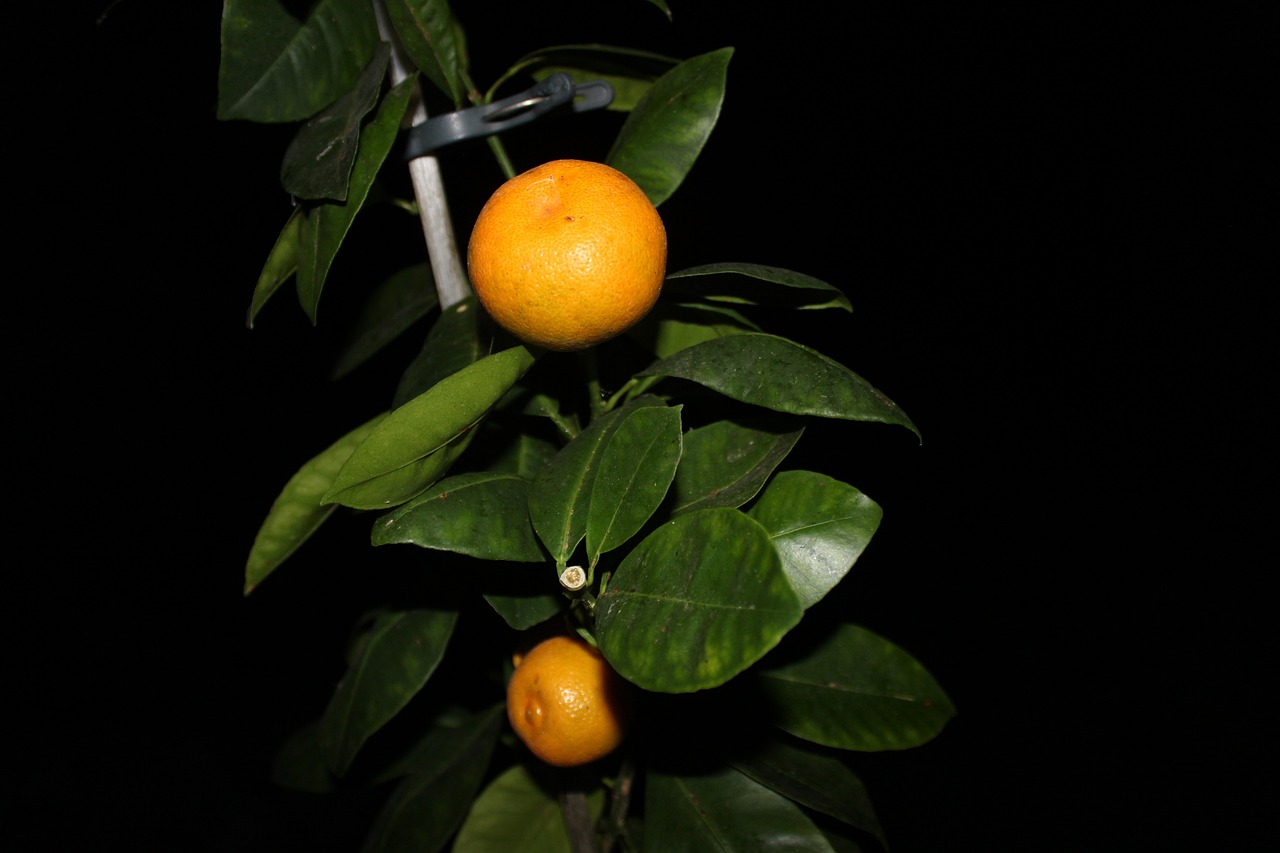
Selecting the Right Structure
When it comes to setting up a greenhouse for year-round gardening, selecting the right structure is a critical decision that can significantly impact the success of your plants. The structure of your greenhouse plays a vital role in providing the necessary environment for optimal growth and protection from external elements. Whether you are considering a traditional glass greenhouse or a modern polycarbonate structure, each option comes with its own set of advantages and considerations.
Glass greenhouses are known for their durability and aesthetic appeal. They provide excellent light transmission, creating a bright and inviting space for your plants to thrive. However, glass can be heavy and more prone to breakage, requiring careful handling during installation and maintenance. On the other hand, polycarbonate greenhouses are lightweight, easy to assemble, and offer good insulation properties. They are less likely to shatter, making them a safer option, especially in areas prone to strong winds or hail.
Consider the climate and weather conditions in your area when choosing the right structure for your greenhouse. Glass greenhouses may be more suitable for colder climates where insulation is crucial, while polycarbonate structures are better suited for regions with extreme temperatures or frequent storms. Additionally, think about the size and layout of your greenhouse, as different structures may offer varying levels of flexibility in terms of expansion and customization.
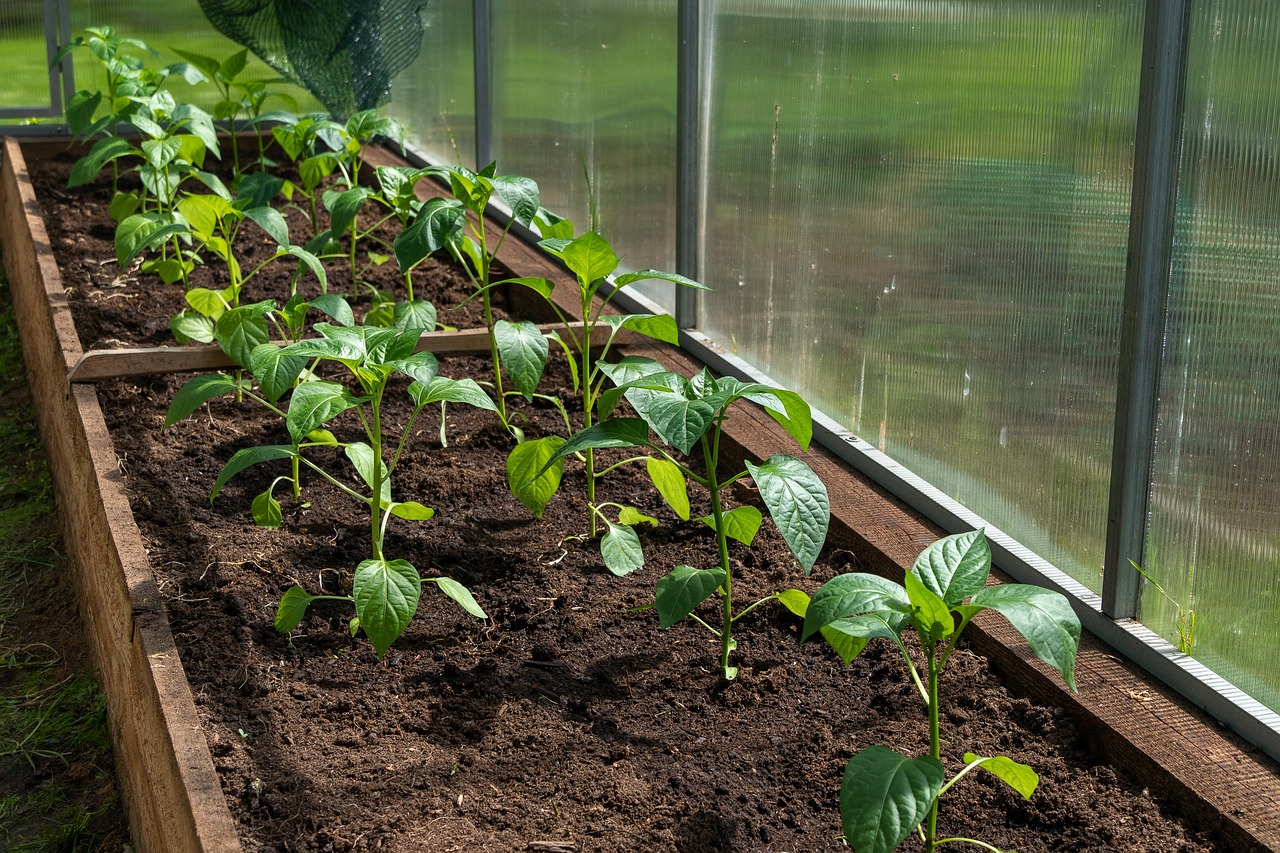
Setting Up Proper Ventilation
Proper ventilation is a critical aspect of maintaining a healthy and thriving greenhouse environment. Without adequate airflow, plants can suffer from issues such as mold, mildew, and poor growth. When setting up proper ventilation, you need to consider various factors to ensure optimal conditions for your plants.
One essential element of greenhouse ventilation is the use of vents. Vents help regulate the temperature inside the greenhouse by allowing hot air to escape and fresh air to enter. You can choose from different types of vents, such as roof vents, side vents, or automated vents that open and close based on temperature sensors.
In addition to vents, fans can also play a crucial role in maintaining proper air circulation. Fans help distribute air evenly throughout the greenhouse, preventing stagnant air pockets that can lead to humidity problems. Consider installing exhaust fans to remove excess heat and humidity during warmer months.
Another important aspect of ventilation is understanding the concept of passive ventilation. This method utilizes natural airflow patterns to ventilate the greenhouse without the need for mechanical systems. By strategically placing vents and windows, you can take advantage of prevailing winds to create a natural cooling effect.
When setting up your ventilation system, it's essential to monitor and adjust airflow regularly. Keep an eye on temperature and humidity levels to ensure they stay within the optimal range for your plants. Consider using a combination of passive and active ventilation methods to create a well-balanced system.
Remember that proper ventilation not only helps regulate temperature and humidity but also prevents the buildup of harmful gases released by plants during respiration. By investing time and effort into setting up effective ventilation, you can create a healthy and productive environment for year-round gardening in your greenhouse.

Installing an Effective Heating System
When it comes to in your greenhouse, you need to consider various factors to ensure optimal conditions for your plants. The right heating system can make a significant difference in maintaining consistent temperatures throughout the year, especially during colder months or at night.
One of the key considerations when installing a heating system is the type of fuel or energy source you will use. Gas, electric, and solar-powered options are common choices for greenhouse heating. Gas heaters are efficient and provide quick heat, while electric heaters are easy to install and maintain. Solar-powered heaters are environmentally friendly but may require additional setup and investment.
Additionally, the size and layout of your greenhouse will influence the type of heating system you choose. Larger greenhouses may require multiple heating units or a centralized system to ensure even distribution of heat. Proper insulation is also crucial to prevent heat loss and maximize the efficiency of your heating system.
It's essential to regularly monitor and adjust the temperature settings of your heating system to meet the specific needs of your plants. Investing in a thermostat or temperature control system can help you maintain the ideal growing conditions and prevent temperature fluctuations that can stress your plants.
Consider the cost of operating and maintaining the heating system when making your decision. Some heating options may be more energy-efficient but have higher initial costs, while others may be more affordable but less sustainable in the long run. Evaluate your budget and long-term goals to select the most suitable heating system for your greenhouse.
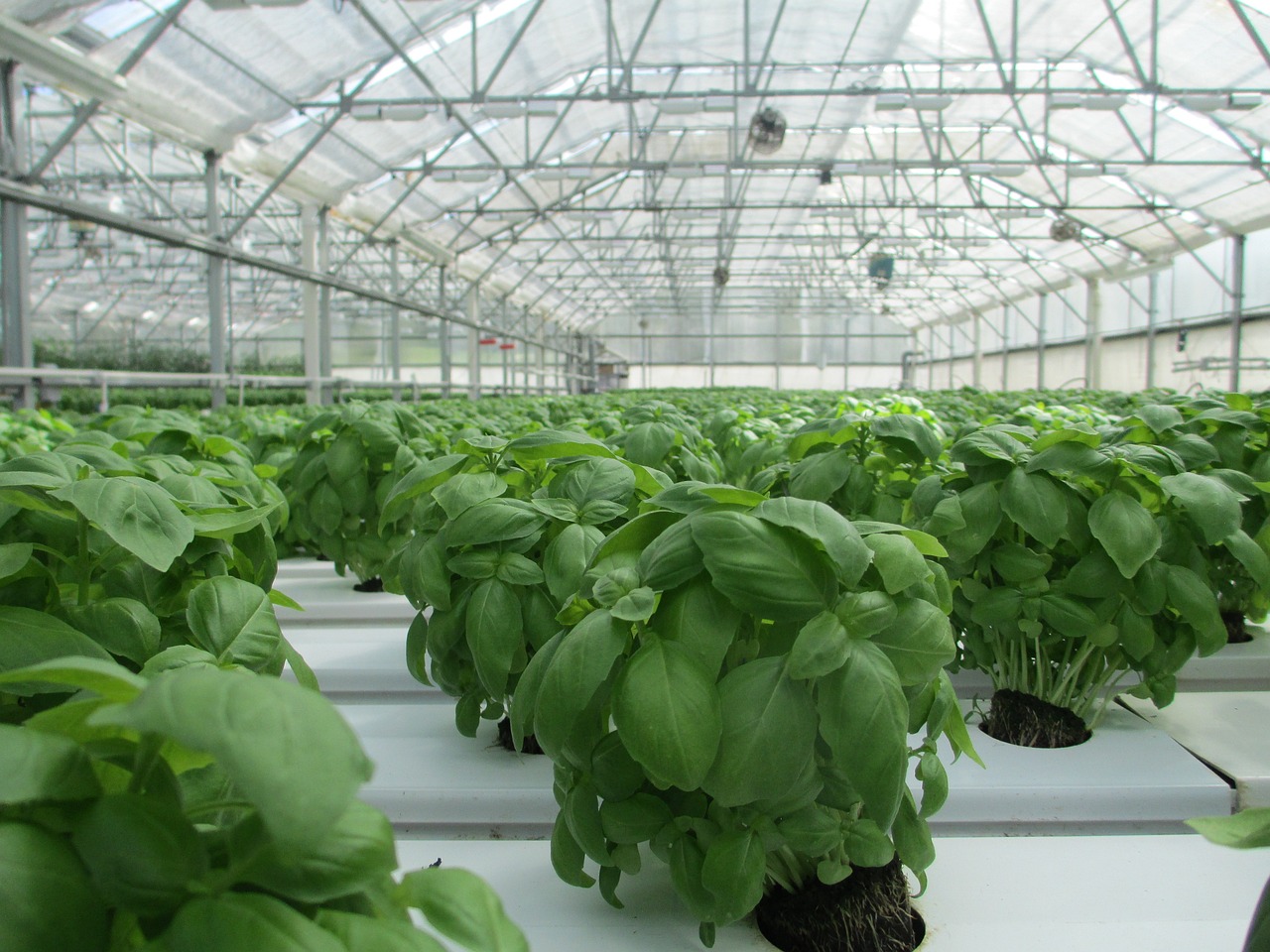
Implementing Irrigation and Watering Systems
When it comes to setting up a successful greenhouse for year-round gardening, implementing efficient irrigation and watering systems is crucial. Proper watering is essential for the health and growth of your plants, ensuring they receive the right amount of moisture at the right time. Let's explore some key considerations and tips for implementing irrigation and watering systems in your greenhouse.
One popular method of irrigation in greenhouses is the drip system. This system delivers water directly to the base of plants, minimizing water waste and ensuring plants receive a consistent supply of moisture. Drip irrigation can be automated, allowing you to set a schedule based on your plants' specific needs.
Another effective watering system is the misting system, which provides a fine spray of water over plants. Misting systems are ideal for maintaining humidity levels and can also help cool the greenhouse during hot weather. However, it's important to monitor the humidity levels to prevent overwatering or creating excessively damp conditions that may promote disease.
When setting up your watering schedule, consider factors such as the type of plants you are growing, their water requirements, and the environmental conditions inside the greenhouse. It's essential to strike a balance between providing enough water for healthy growth and avoiding waterlogged soil, which can lead to root rot and other issues.
Additionally, investing in a water filtration system can help ensure that your plants receive clean, contaminant-free water. Water quality is essential for plant health, as chemicals or impurities in the water can harm your plants over time. Regularly check and maintain your filtration system to ensure optimal performance.
Remember to regularly monitor your plants for signs of overwatering or underwatering. Adjust your watering schedule as needed based on the changing needs of your plants and the environmental conditions in the greenhouse. By implementing efficient irrigation and watering systems, you can create a thriving growing environment for your plants year-round.

Managing Light and Shade
When it comes to managing light and shade in your greenhouse, striking the right balance is essential for the health and growth of your plants. Too much sunlight can lead to scorching, while insufficient light can hinder photosynthesis. To optimize light exposure, consider the orientation of your greenhouse and the placement of your plants. Think of it as a delicate dance between the sun and your greenery, where each move affects the other's performance.
One effective way to manage light is by using shading systems. These can range from simple shade cloths to more advanced automated shading solutions that adjust based on sunlight intensity. By providing shade during the hottest hours of the day, you can prevent overheating and protect your plants from sun damage. It's like giving your plants a cool, refreshing break in the shade during a scorching summer day.
Additionally, proper positioning of your greenhouse can help maximize natural light exposure. Orienting the structure north to south allows for even distribution of sunlight throughout the day. Consider the surrounding landscape and potential obstructions that may cast shadows on your greenhouse. Think of your greenhouse as a sun-seeking satellite, constantly angling itself to catch the most light for optimal plant growth.
For plants that require specific light conditions, such as those needing full sun or partial shade, adjustable shading options can be beneficial. This allows you to tailor the amount of light reaching different areas of your greenhouse based on your plants' requirements. It's like having a dimmer switch for your plants, customizing their light exposure to suit their individual needs.
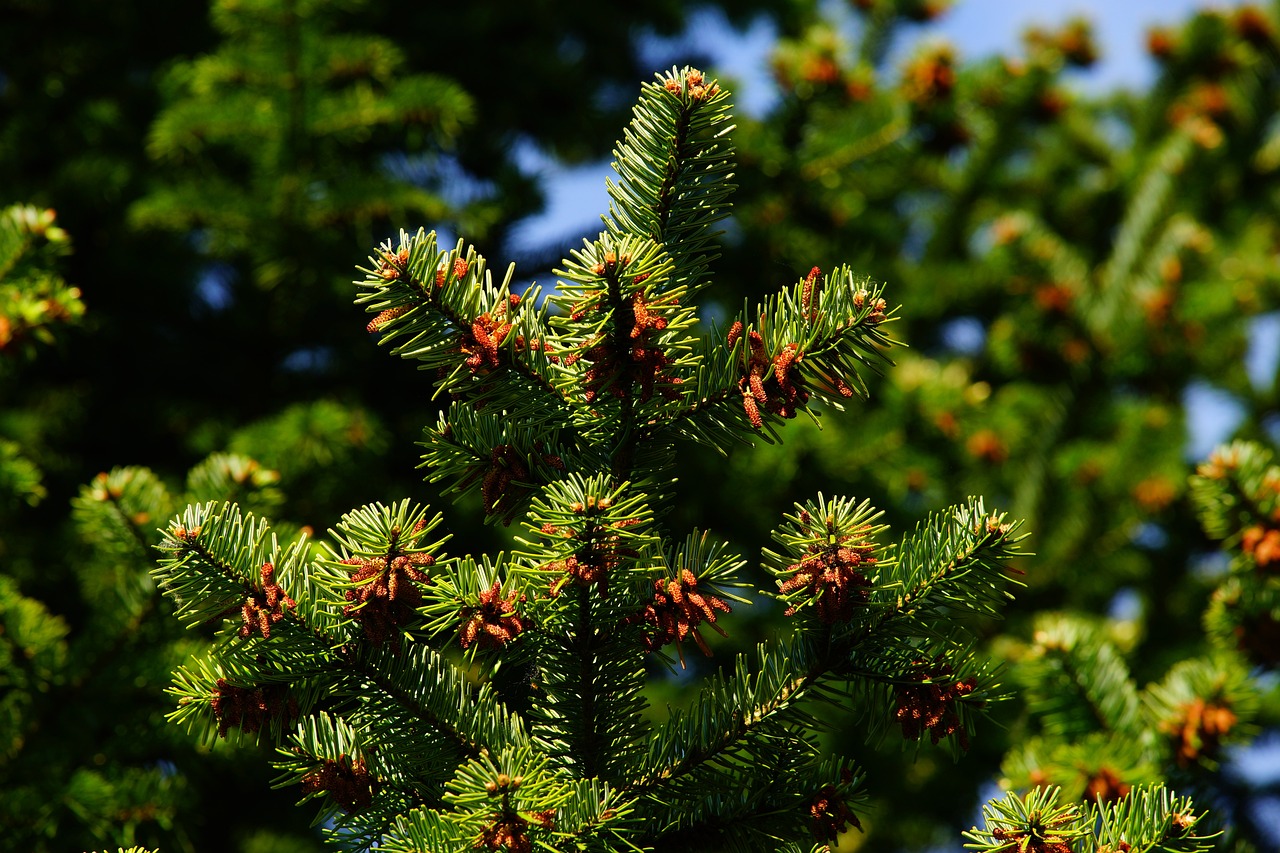
Organizing Plant Layout and Shelving
When it comes to setting up a greenhouse for year-round gardening, organizing the plant layout and shelving plays a crucial role in maximizing the growing space and ensuring proper airflow around your plants. Efficient use of space is essential to accommodate a variety of plants while maintaining a well-organized and functional greenhouse environment.
One effective way to organize the plant layout is by utilizing shelving units. By incorporating shelves, you can create multiple levels for plant placement, allowing you to make the most of the vertical space in your greenhouse. This not only increases the growing area but also helps in better categorizing different plant varieties based on their sunlight and watering needs.
Consider creating a layout plan before placing your plants to ensure optimal use of space. Group plants with similar requirements together to simplify maintenance tasks and provide them with the ideal growing conditions. Additionally, strategically placing taller plants at the back and shorter ones at the front can prevent shading and ensure equal access to sunlight for all plants.
Shelving units can also aid in proper air circulation within the greenhouse. By spacing out the shelves adequately, you allow air to flow freely around the plants, reducing the risk of fungal diseases and promoting healthy growth. Moreover, adjustable shelves offer flexibility in accommodating plants of varying heights and sizes, making it easier to reorganize as needed.
Another aspect to consider when organizing the plant layout is the accessibility for maintenance and harvesting. Ensure that the shelving arrangement allows easy reach to all plants for watering, pruning, and inspecting for pests or diseases. Creating designated pathways between shelves can facilitate movement and prevent overcrowding, promoting a well-structured and functional greenhouse space.
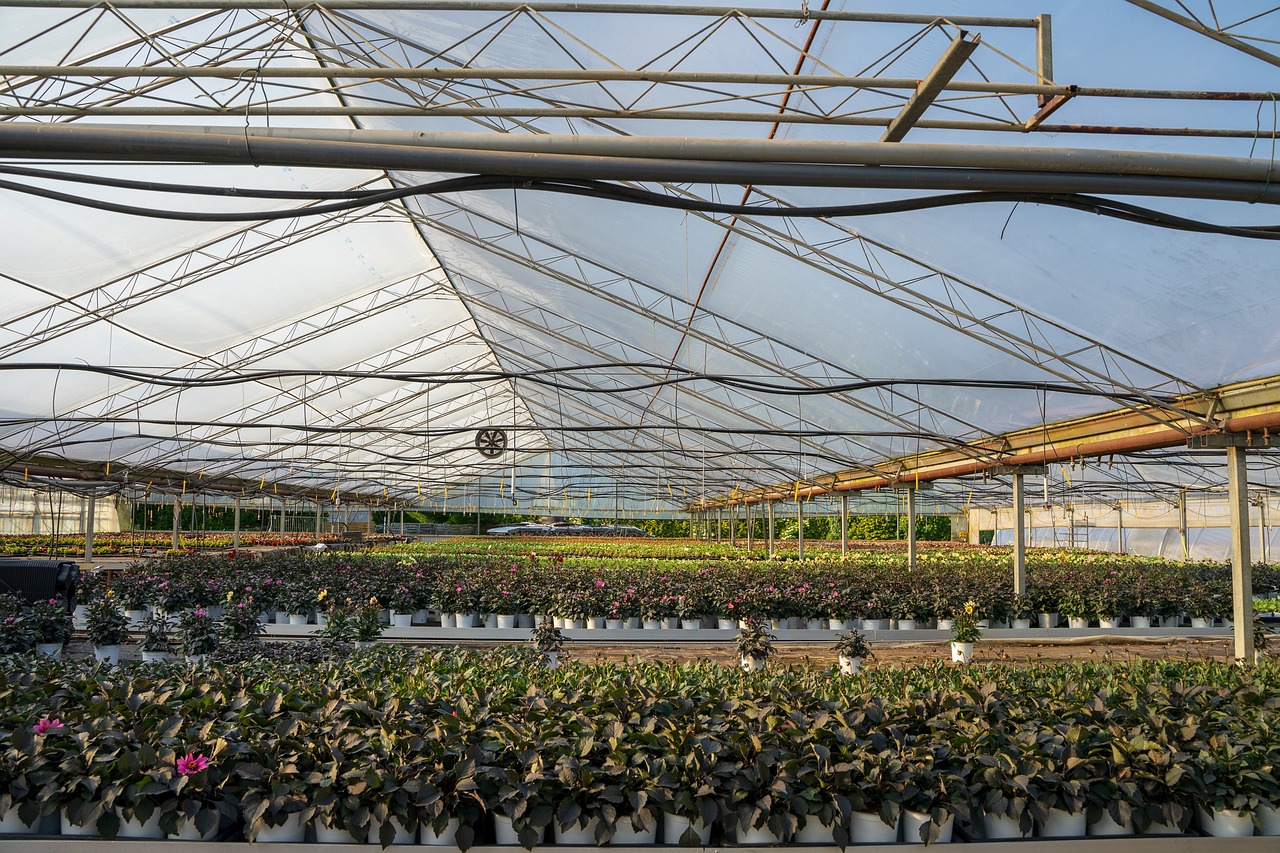
Implementing Pest and Disease Control Strategies
When it comes to maintaining a healthy greenhouse ecosystem, implementing effective pest and disease control strategies is paramount. Pests and diseases can quickly wreak havoc on your plants if left unchecked, leading to poor growth and potential crop loss. By incorporating a combination of preventive measures and targeted treatments, you can safeguard your plants and ensure successful year-round gardening.
One essential strategy is to regularly inspect your plants for any signs of pest infestations or disease symptoms. Early detection allows for prompt action, minimizing the spread and damage caused by these threats. Additionally, practicing good sanitation by removing any dead or diseased plant material can help prevent the recurrence of pests and diseases.
Utilizing biological controls, such as beneficial insects or nematodes, can be an eco-friendly way to manage pests in your greenhouse. These natural predators can help keep pest populations in check without the need for harsh chemicals. Introducing predator insects like ladybugs or lacewings can effectively control common greenhouse pests like aphids or whiteflies.
For more severe infestations, you may need to resort to chemical treatments as a last resort. However, it is crucial to choose pesticides that are specifically labeled for greenhouse use and follow the instructions carefully to avoid harming beneficial insects or contaminating your plants.
Implementing a crop rotation plan can also help prevent the buildup of soil-borne diseases in your greenhouse. By rotating your plantings and avoiding planting the same crops in the same location consecutively, you can disrupt the life cycles of pests and pathogens, reducing the risk of disease outbreaks.
Furthermore, maintaining proper air circulation and spacing between plants can help reduce the likelihood of disease spread. Adequate ventilation and spacing allow for faster drying of plant foliage, minimizing the conditions favorable for fungal diseases to thrive.
Lastly, educating yourself about common pests and diseases that affect greenhouse plants can empower you to identify and address issues proactively. By staying informed and implementing a comprehensive pest and disease management plan, you can create a resilient and thriving greenhouse environment for your plants.
Frequently Asked Questions
- What are the benefits of setting up a greenhouse for year-round gardening?
Setting up a greenhouse for year-round gardening offers numerous benefits, including extended growing seasons, protection from harsh weather conditions, and the ability to control the growing environment for optimal plant growth.
- How do I choose the ideal location for my greenhouse?
When selecting a location for your greenhouse, consider factors such as sunlight exposure, wind protection, and access to utilities. Choose a spot that receives ample sunlight throughout the day and is shielded from strong winds to create an optimal growing environment.
- What types of greenhouse structures are available?
There are various greenhouse designs and materials to choose from, including traditional glass structures and modern polycarbonate options. Select a greenhouse structure that suits your gardening needs and provides adequate insulation and durability for year-round use.
- How important is proper ventilation in a greenhouse?
Proper ventilation is crucial for regulating temperature, humidity, and air circulation within a greenhouse. It helps prevent issues such as mold growth and overheating, ensuring a healthy environment for plant growth.
- What heating systems are suitable for a greenhouse?
There are various heating options available for greenhouses, including gas, electric, and solar-powered systems. Choose a heating system that can maintain consistent temperatures to support plant growth throughout the year.
- How can I effectively manage pests and diseases in my greenhouse?
Implementing pest and disease control strategies is essential for maintaining a healthy greenhouse ecosystem. Explore organic and chemical control methods, as well as preventive measures, to protect your plants from common threats.


